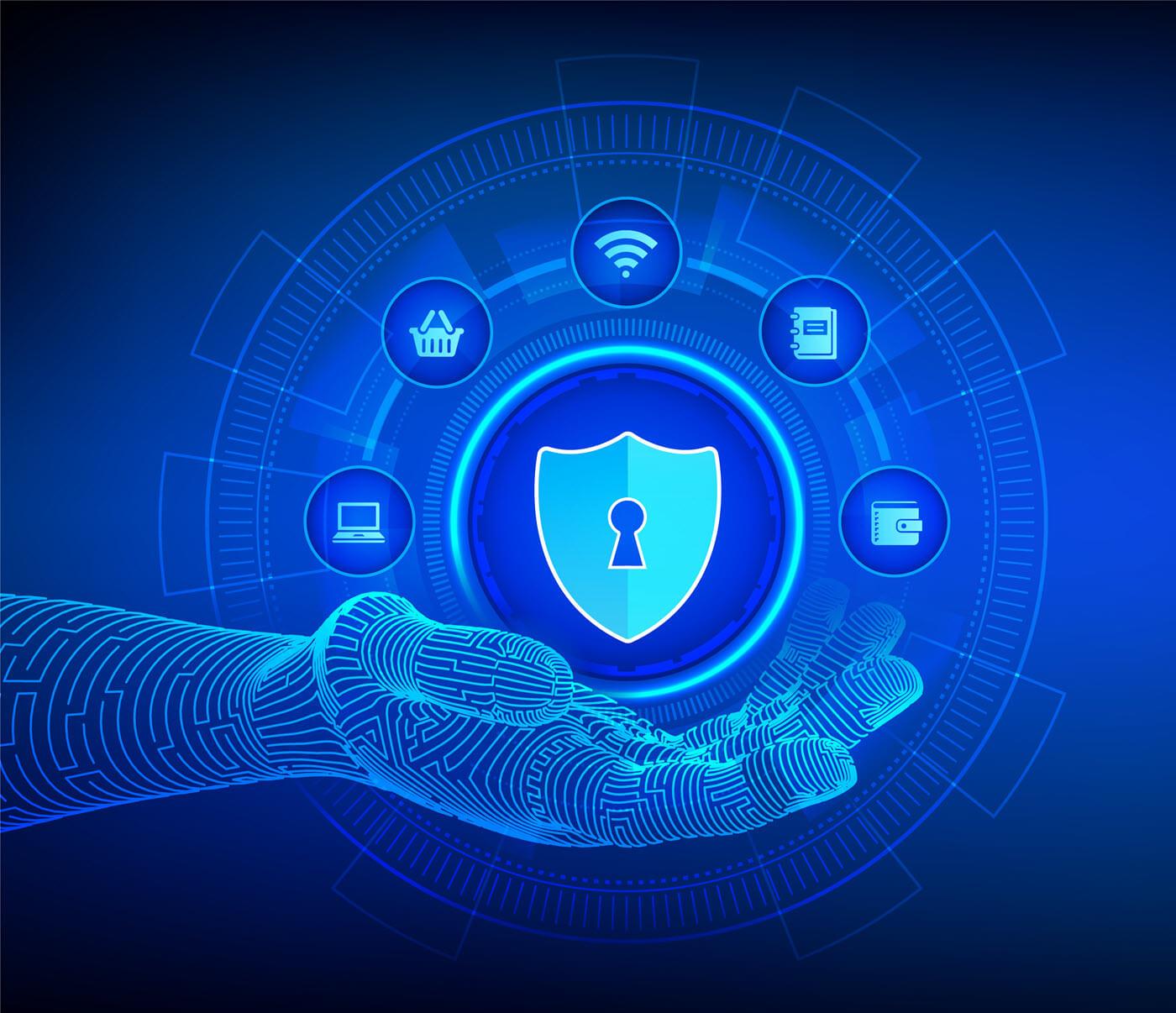Biosafety & Cyberbiosecurity in the Age of Bio-AI

In today’s hyperconnected world, the boundaries between biology, digital systems, and artificial intelligence are rapidly dissolving. Biotechnology labs, DNA sequencing platforms, and AI-driven bio-manufacturing workflows are increasingly dependent on connected systems. While this accelerates discovery and innovation, it also exposes the life sciences industry to an emerging risk frontier: cyberbiosecurity.
The Expanding Attack Surface
Traditionally, biosafety focused on ensuring that biological materials were handled safely to prevent accidental releases, contamination, or misuse. However, as biotech laboratories adopt cloud-connected DNA sequencers, AI-driven protein modeling, and digital supply chains, new vulnerabilities emerge. Cyber threats are no longer confined to financial theft or data leaks — they now extend to the manipulation of genetic code or AI models guiding synthetic biology.
DNA sequencing systems, for example, are connected to cloud platforms for data storage and AI analysis. A cyber intrusion here could compromise not just patient genetic data but also enable malicious code insertion into biological sequences. Similarly, AI models trained for protein design or vaccine development could be corrupted to yield dangerous or ineffective results.
Bio-Manufacturing + AI Convergence
The convergence of biomanufacturing and AI represents both immense opportunity and high risk. AI accelerates the design of enzymes, fuels, and even pharmaceuticals, reducing development timelines from years to months. Yet, this digital reliance introduces a cyber risk vector. A compromised AI system in a production pipeline could lead to defective batches, economic loss, or even public health risks.
For instance, hackers could alter the parameters of AI models managing fermentation processes, resulting in contaminated bio-products. The growing adoption of “digital twins” in biotech manufacturing adds another layer of concern, as attackers could manipulate simulations that guide real-world production.
Cyberbiosecurity: A New Imperative
Cyberbiosecurity combines cybersecurity, biosecurity, and biosafety into a unified discipline. It addresses threats ranging from ransomware targeting biotech labs, to cyber-physical risks in DNA printers, to insider threats in synthetic biology firms.
Governments and regulatory bodies are beginning to recognize this challenge. The U.S. National Academies have called for stronger frameworks, while organizations like NIST and WHO emphasize secure data handling and AI governance in life sciences. Private players, too, are embedding AI model validation, DNA screening protocols, and zero-trust architectures into their biotech operations.
Building Resilience
Mitigating risks requires a multi-layered approach:
- Securing lab infrastructure: Isolating DNA sequencers, protecting cloud connections, and monitoring lab IoT devices.
- AI model safeguards: Validating training data, monitoring for adversarial inputs, and applying ethical guardrails to generative bio-AI models.
- Supply chain integrity: Ensuring DNA synthesis providers implement screening to prevent the production of hazardous sequences.
- Regulatory compliance: Aligning with evolving standards such as NIH biosafety guidelines, EU AI Act, and NIS2 for cyber resilience.
The Road Ahead
Biosafety and cyberbiosecurity are no longer siloed disciplines. In the era of AI-powered biology, ensuring safe and secure innovation requires integrating digital and biological safeguards. As biotech and AI converge, the industry must anticipate not only biological threats but also cyber-mediated risks that could redefine the future of health, agriculture, and manufacturing.
Recent News Highlights
CSS Names Gregory Garrett COO to Drive Expansion in Federal Technology Market Cyber Technology Insights
Kalaam Telecom and Riedel Networks Expand Motorsport Connectivity Cyber Technology Insights
CyberArk Names Omer Grossman CTO and Head of CYBR Unit; Appoints Ariel Pisetzky as CIO Cyber Technology Insights
DoD Greenlights Parallel Works Hybrid Multi-Cloud HPC Platform with ATO Approval Cyber Technology Insights
- Art
- Causes
- Crafts
- Dance
- Drinks
- Film
- Fitness
- Food
- Jeux
- Gardening
- Health
- Domicile
- Literature
- Music
- Networking
- Autre
- Party
- Religion
- Shopping
- Sports
- Theater
- Wellness




